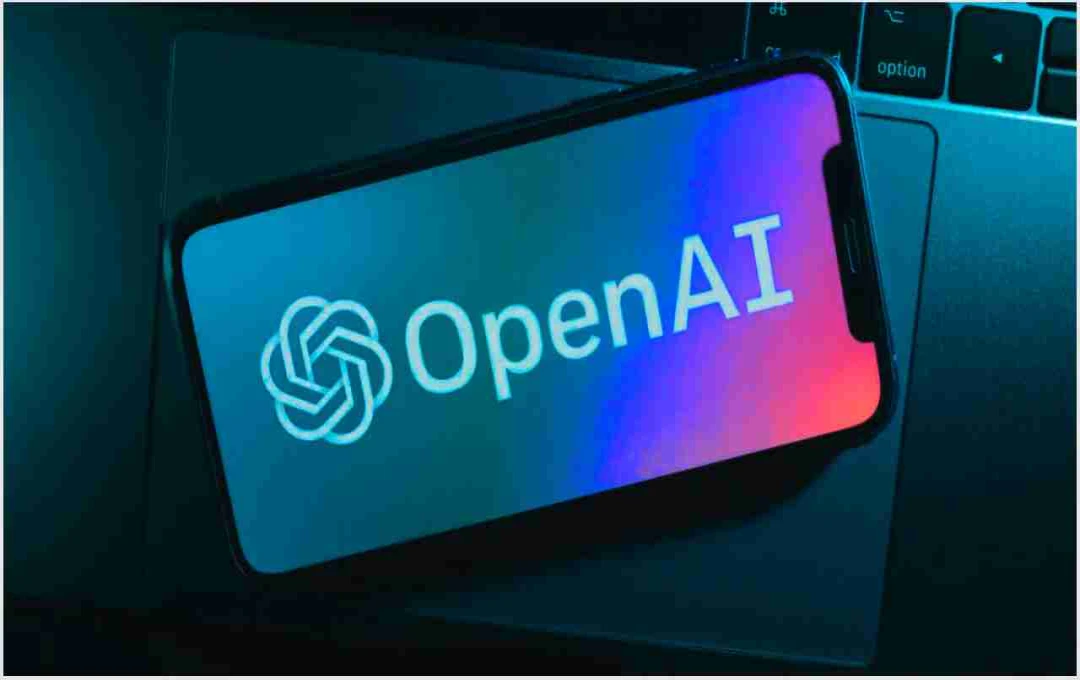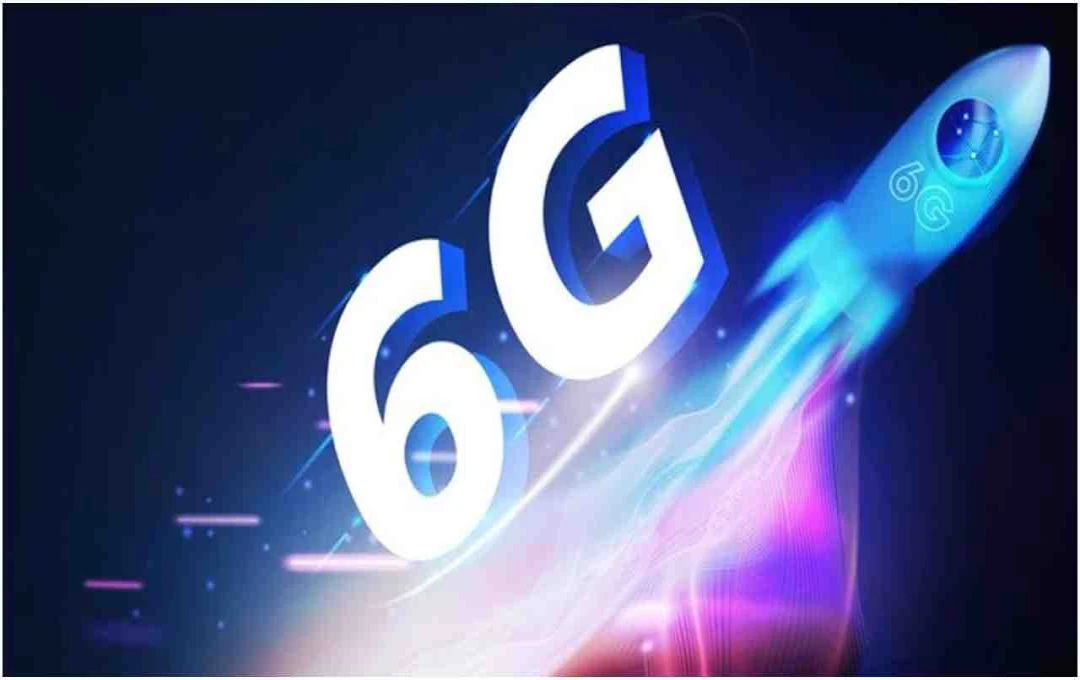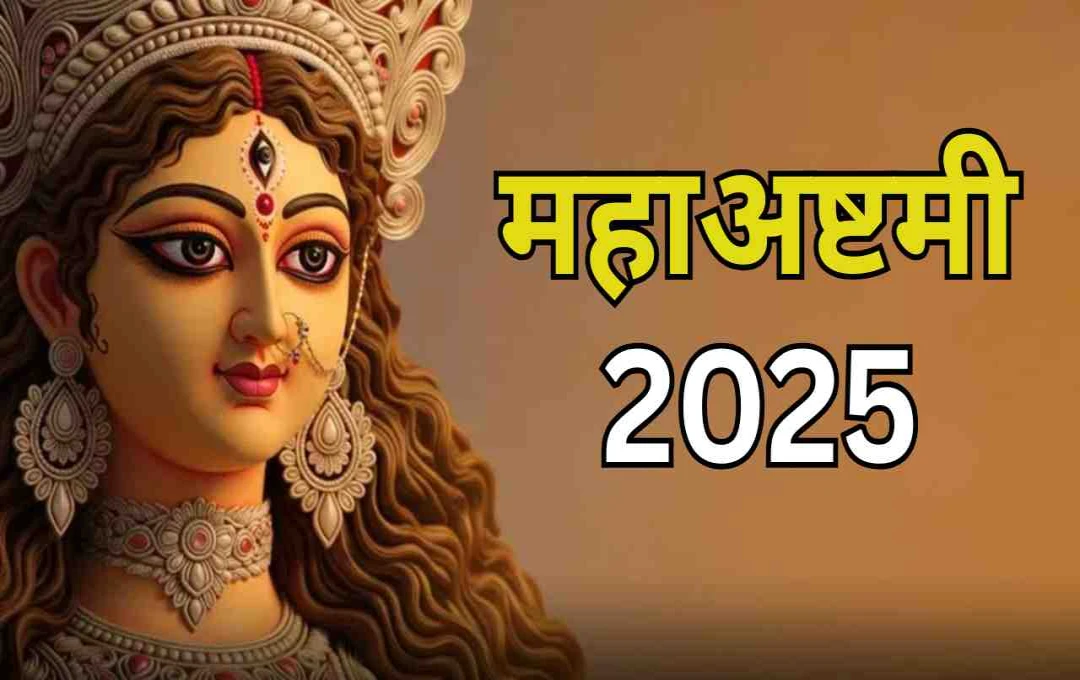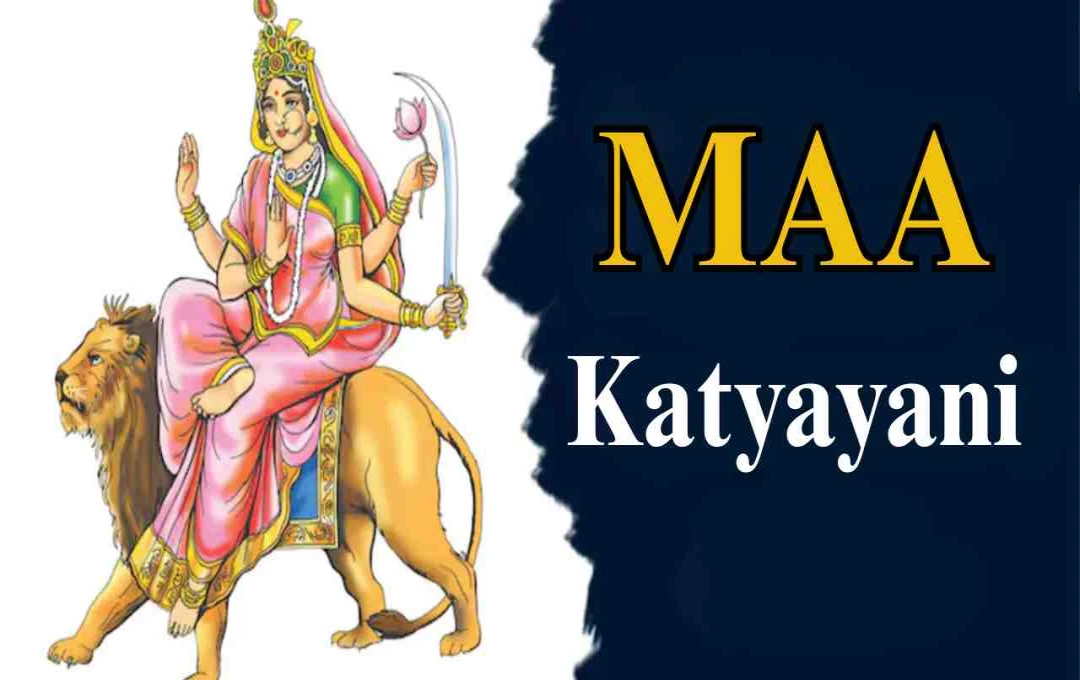OpenAI has launched two open-weight AI models, GPT-OSS-120b and GPT-OSS-20b, which are available for free to developers and support agent-style tasks and advanced reasoning.
OpenAI: In the world of Artificial Intelligence, OpenAI has once again made its presence felt powerfully. While the world was waiting for the launch of GPT-5, the company surprised everyone by launching two open-weight models — GPT OSS-120b and GPT OSS-20b. These models are not only available for free, but they can also be downloaded from Hugging Face under the Apache 2.0 open license.
This is the first time since GPT-2 that OpenAI has released open models on such a large scale, which can be downloaded and used by any developer or institution. This step also reflects OpenAI's commitment to the open-source community.
What are the special features of GPT OSS-120b and GPT OSS-20b?
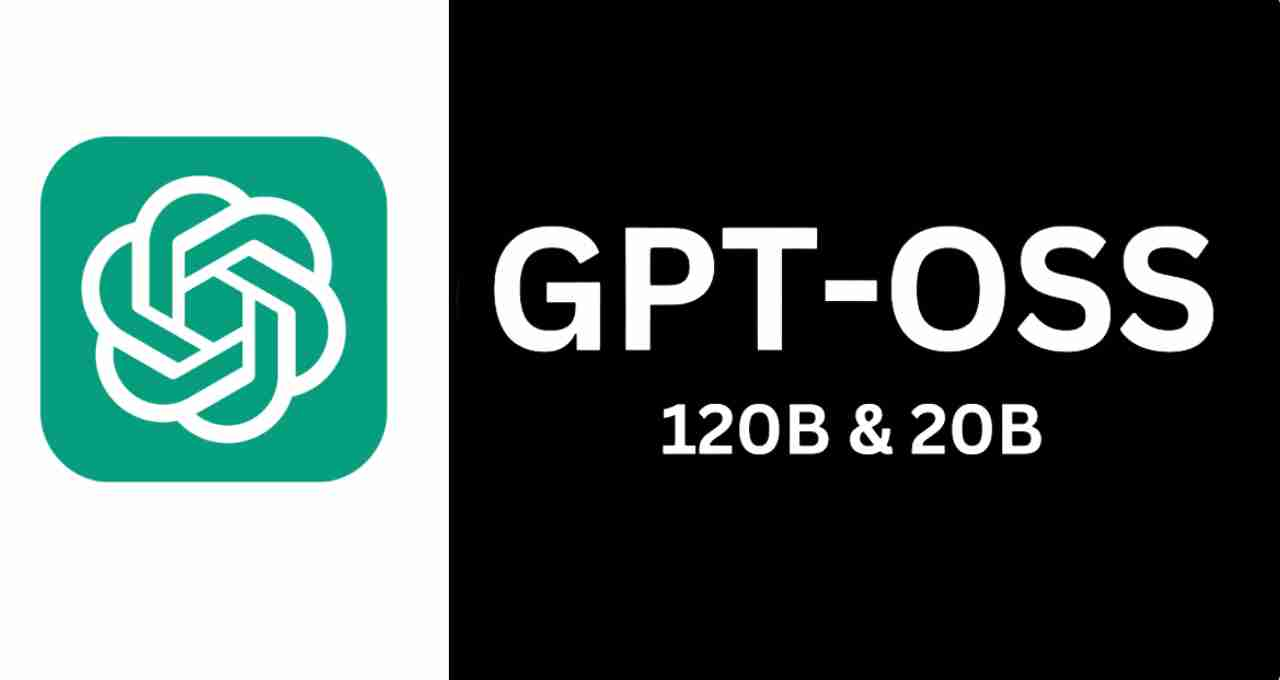
Device Friendly Design:
OpenAI has designed both these models keeping in mind different hardware capabilities:
- GPT OSS-120b — This model can run easily on a single Nvidia GPU. That is, it is designed for high-performance workstations or server machines.
- GPT OSS-20b — It is designed for consumer-grade laptops, which have a capacity of up to about 16GB of RAM. This can prove to be particularly useful for small developers and startups.
Ready for Agent Tasks and Advanced Workflows:
Both models have been specifically designed for agent-style tasks such as customer support, coding assistance, workflow automation, etc. OpenAI stated that these models can also handle advanced logical reasoning, although their processing capacity is not as high as premium models like GPT-4.
Benchmark Scores and Performance
Programming Score:
- GPT OSS-120b scored 2622 on Codeforces.
- GPT OSS-20b obtained a score of 2516.
- Both models have surpassed DeepSeek's R1 model but lag behind OpenAI's own o3 and o4-mini models.
Factual Accuracy and Hallucination:
- GPT OSS-120b gave incorrect answers 49% of the time in the PersonQA benchmark test.
- GPT OSS-20b had a hallucination rate of 53%.
- In comparison, the o1 model has a hallucination rate of only 16% and o4-mini has 36%, which leaves both these new models far behind.
Connectivity: Benefit of OpenAI Cloud API
An interesting thing is that if a user wants to use these models for complex data or image processing, these models can directly connect to OpenAI's Cloud API and request responses from their powerful models. That is, users working in limited resources can also get high-quality answers.
What is special in this for developers and startups?

- Any developer or institution can download these models for free.
- Due to the Apache 2.0 license, they have also been opened for commercial use.
- This is a great opportunity for startups to explore GPT-level AI capabilities within budget.
OpenAI's objective: Empowering the community before GPT-5
This launch can be considered a transitional step for those waiting for GPT-5. OpenAI's aim is clear — it doesn't just want to innovate behind closed doors, but also wants to make the community a partner in AI. Through these models, the company has given developers open access to experiment, provide feedback, and innovate.
